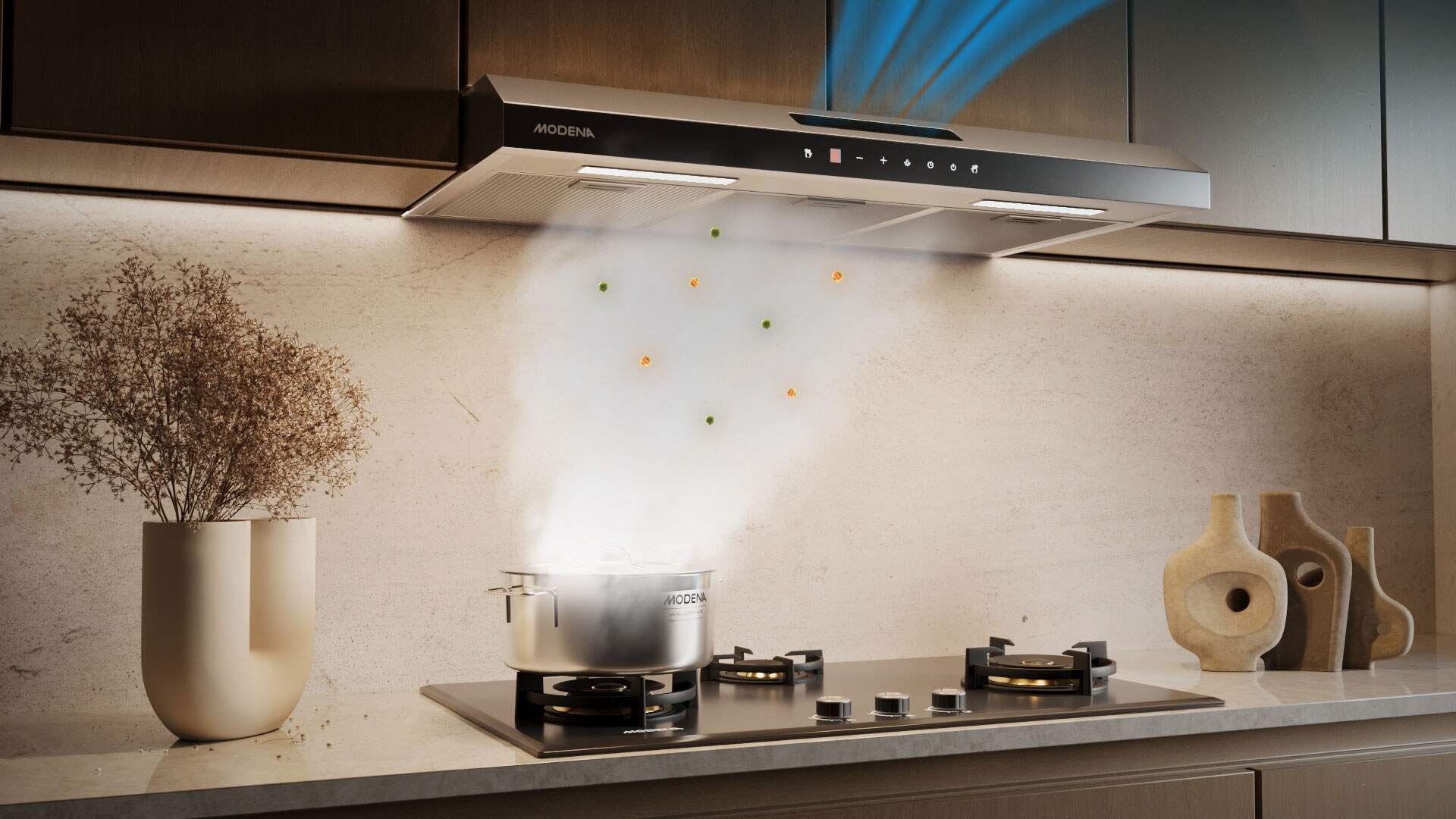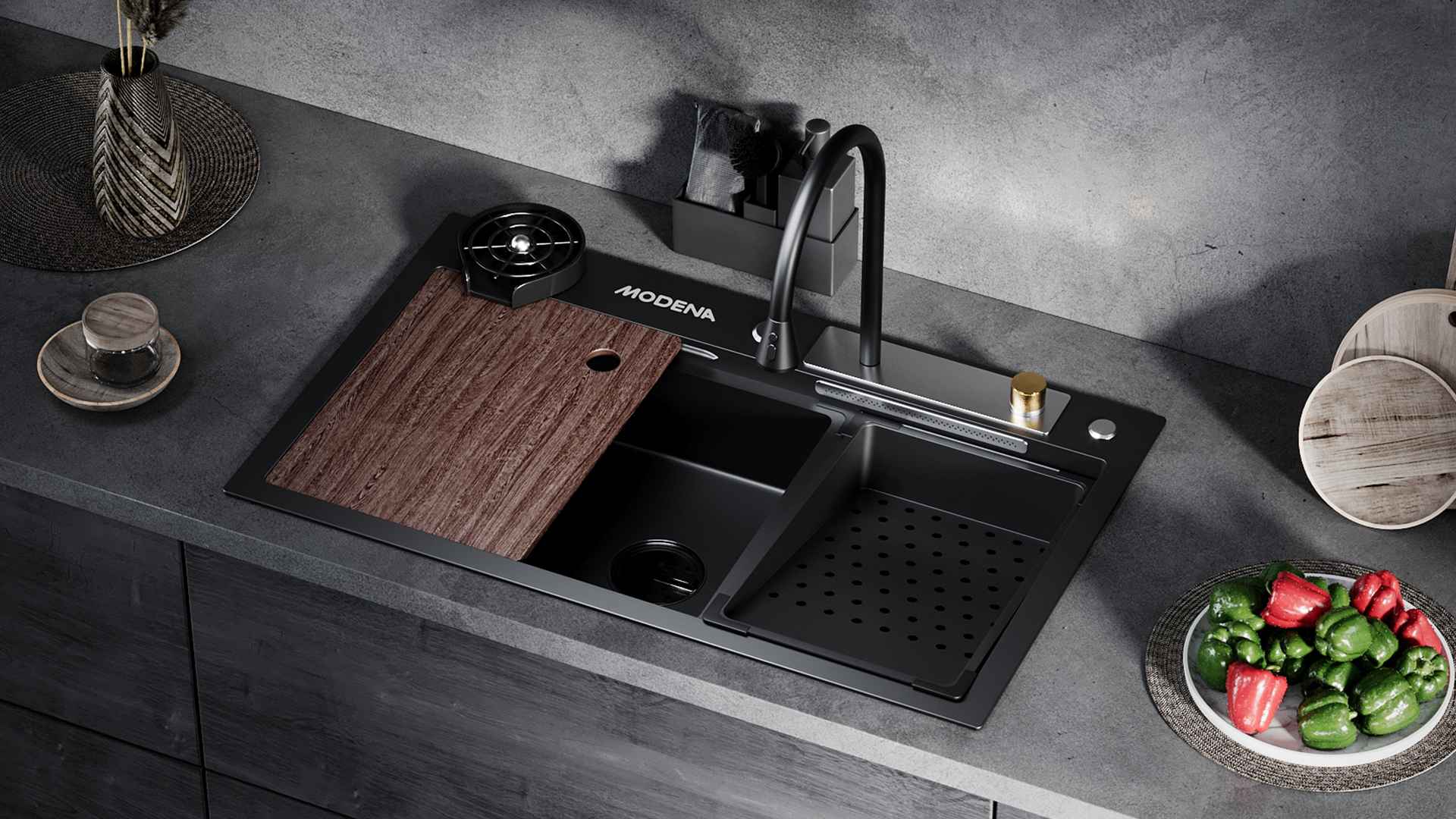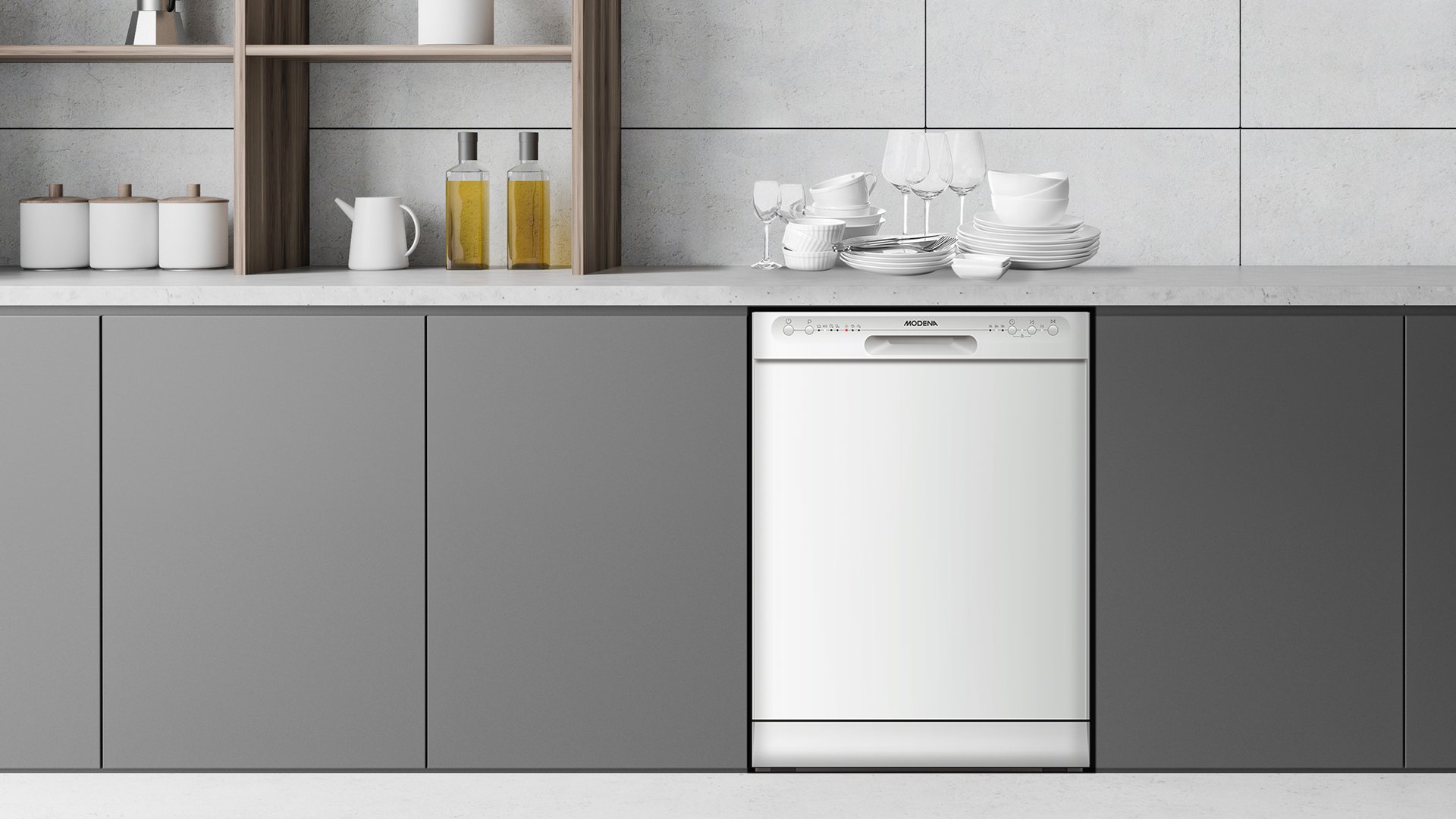-
Sorry, empty cart
Go to product
We know that we have a habit of keeping our leftover food in the fridge without really knowing when we’ll eat it again. Then, as days go by that food will be forgotten because we would just be adding more and more new food inside! This leads us to throw all those old foods and let them rot in the landfills. But did you know? That wasted food brings more harm than you think! Why is that? We have listed down some effects to make us wiser rather than throwing food out so carelessly.
1. Wasted food = wasted water
When we waste food, we’re also wasting so much water too. Agriculture uses most of the world’s freshwater. We use a large amount of water in every stage of producing food like irrigation, spraying, poring, and any other methods. We also use water to feed cattle, fish, poultry, and of course to grow our fruit and vegetables.
2. Methane is released when we discard food
What is methane? A greenhouse gas that is 25 times more potent than Carbon Dioxide. The Methane that is released from food waste would be around our environment for 12 years and traps most of the heat from the sun. Now, we don’t want that, do we? Even though methane is short-lived, it does contribute to 20% of Greenhouse gas emissions.
3. Food waste also means land waste!
This falls under two categories when it involves land waste. The land that is used to produce food and the land used to dump waste. This makes it arable, which is good for growing crops, and non-arable, that is not ideal for crops. So, the more food waste there is, it puts an overstress on our land which has worked hard to produce food for us already. If we don’t care for losses soon, the ability to yield over time will degrade as well.
So, be mindful of how you keep your food in your fridge...
Set your fridge to 4°C or lower, the coldest part of the fridge is for keeping raw meat and seafood, the high humidity drawer for veggies that wilt easily, and the low humidity drawer for soft fruits and veggies. Want to know more? Peep at our brand-new refrigerator line RF 4300 SDBK, RF 4920 MABG, and RF 3151 TGDS that are ready to keep all your food fresh for longer.
Other Articles





We know that we have a habit of keeping our leftover food in the fridge without really knowing when we’ll eat it again. Then, as days go by that food will be forgotten because we would just be adding more and more new food inside! This leads us to throw all those old foods and let them rot in the landfills. But did you know? That wasted food brings more harm than you think! Why is that? We have listed down some effects to make us wiser rather than throwing food out so carelessly.
1. Wasted food = wasted water
When we waste food, we’re also wasting so much water too. Agriculture uses most of the world’s freshwater. We use a large amount of water in every stage of producing food like irrigation, spraying, poring, and any other methods. We also use water to feed cattle, fish, poultry, and of course to grow our fruit and vegetables.
2. Methane is released when we discard food
What is methane? A greenhouse gas that is 25 times more potent than Carbon Dioxide. The Methane that is released from food waste would be around our environment for 12 years and traps most of the heat from the sun. Now, we don’t want that, do we? Even though methane is short-lived, it does contribute to 20% of Greenhouse gas emissions.
3. Food waste also means land waste!
This falls under two categories when it involves land waste. The land that is used to produce food and the land used to dump waste. This makes it arable, which is good for growing crops, and non-arable, that is not ideal for crops. So, the more food waste there is, it puts an overstress on our land which has worked hard to produce food for us already. If we don’t care for losses soon, the ability to yield over time will degrade as well.
So, be mindful of how you keep your food in your fridge...
Set your fridge to 4°C or lower, the coldest part of the fridge is for keeping raw meat and seafood, the high humidity drawer for veggies that wilt easily, and the low humidity drawer for soft fruits and veggies. Want to know more? Peep at our brand-new refrigerator line RF 4300 SDBK, RF 4920 MABG, and RF 3151 TGDS that are ready to keep all your food fresh for longer.
Other Articles